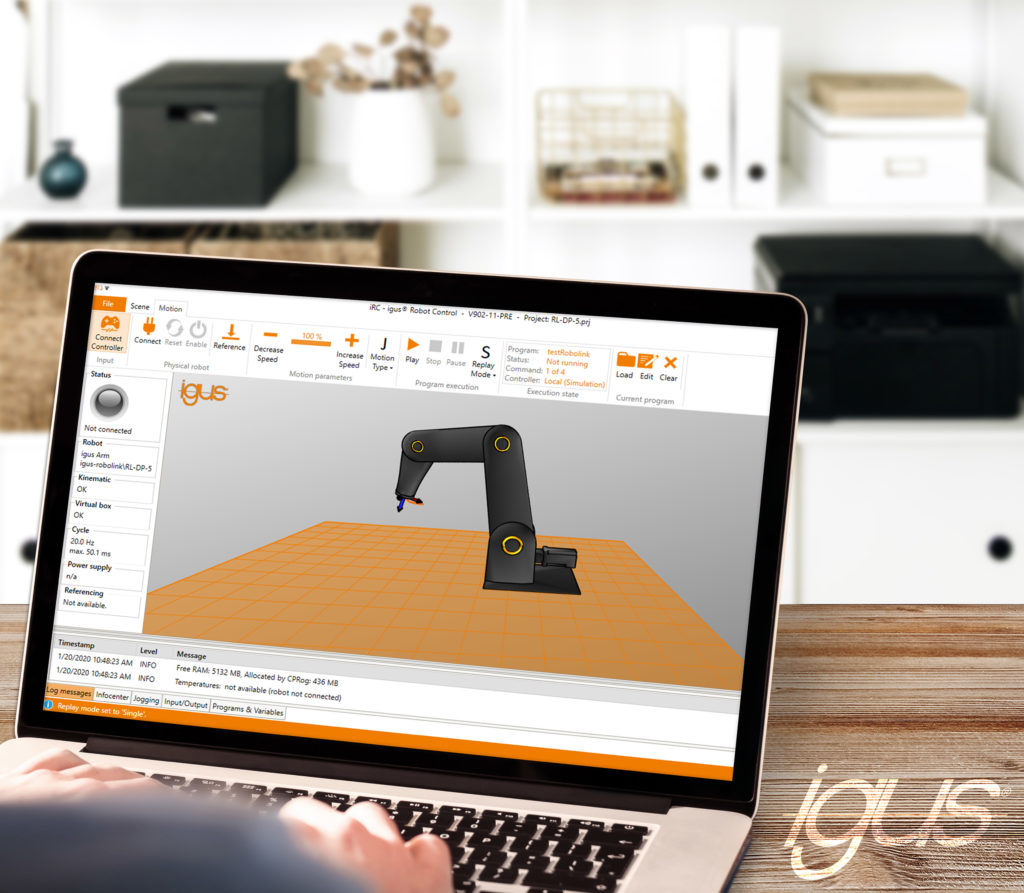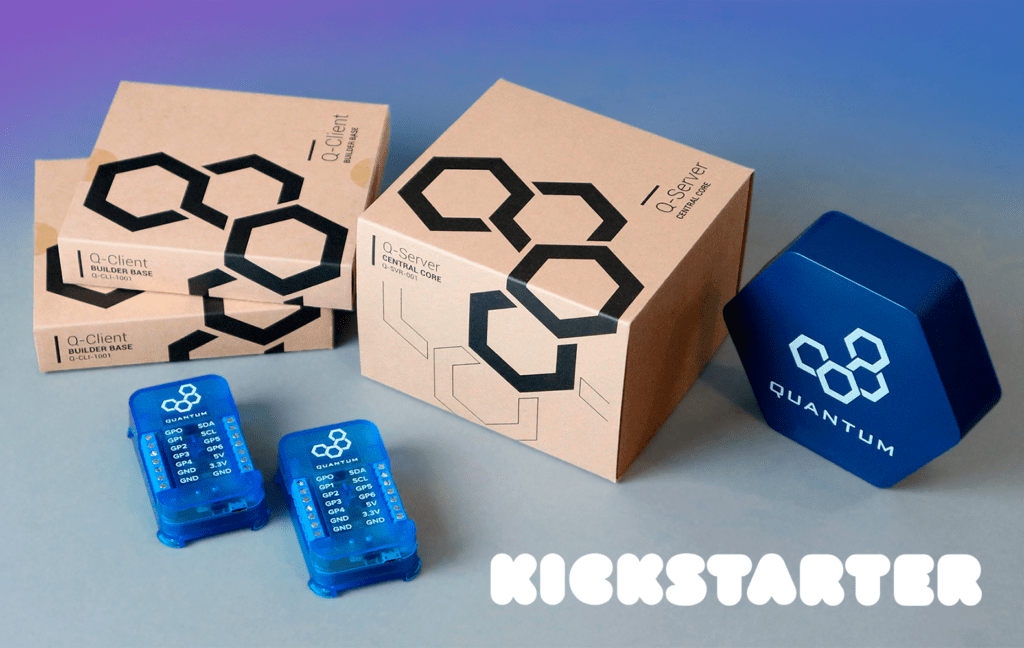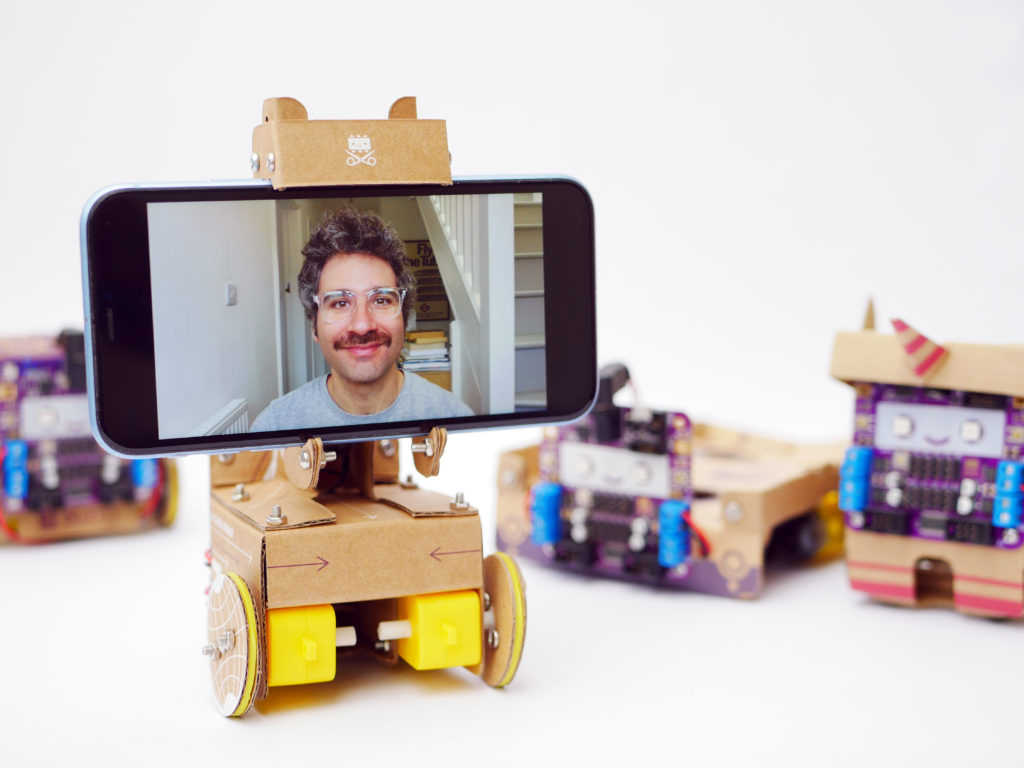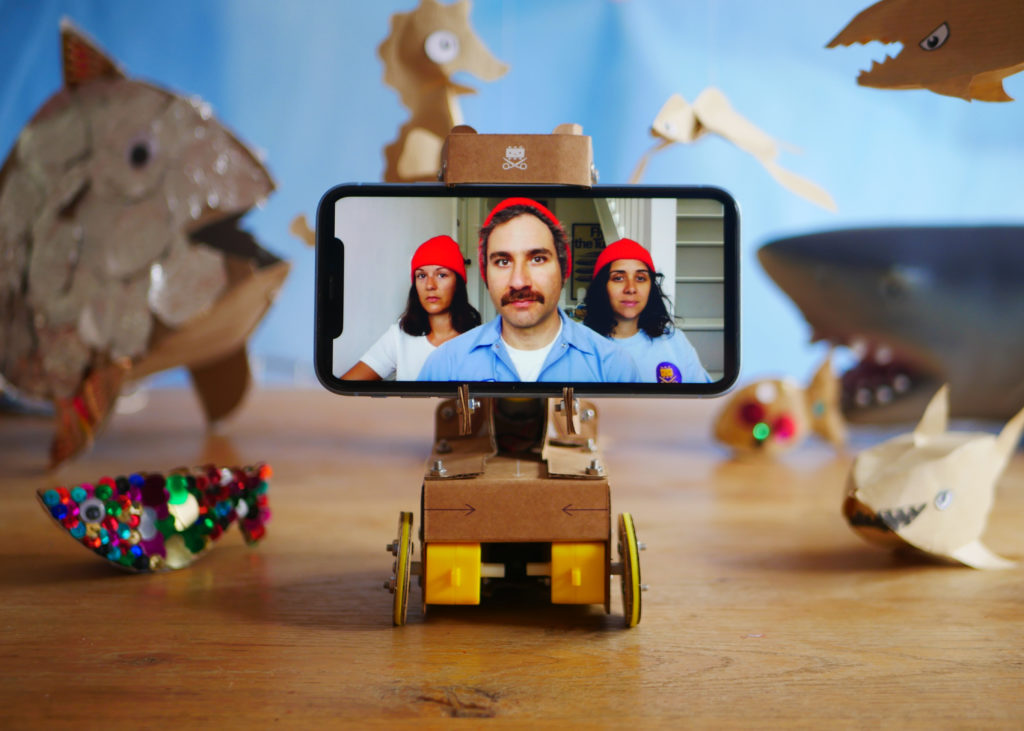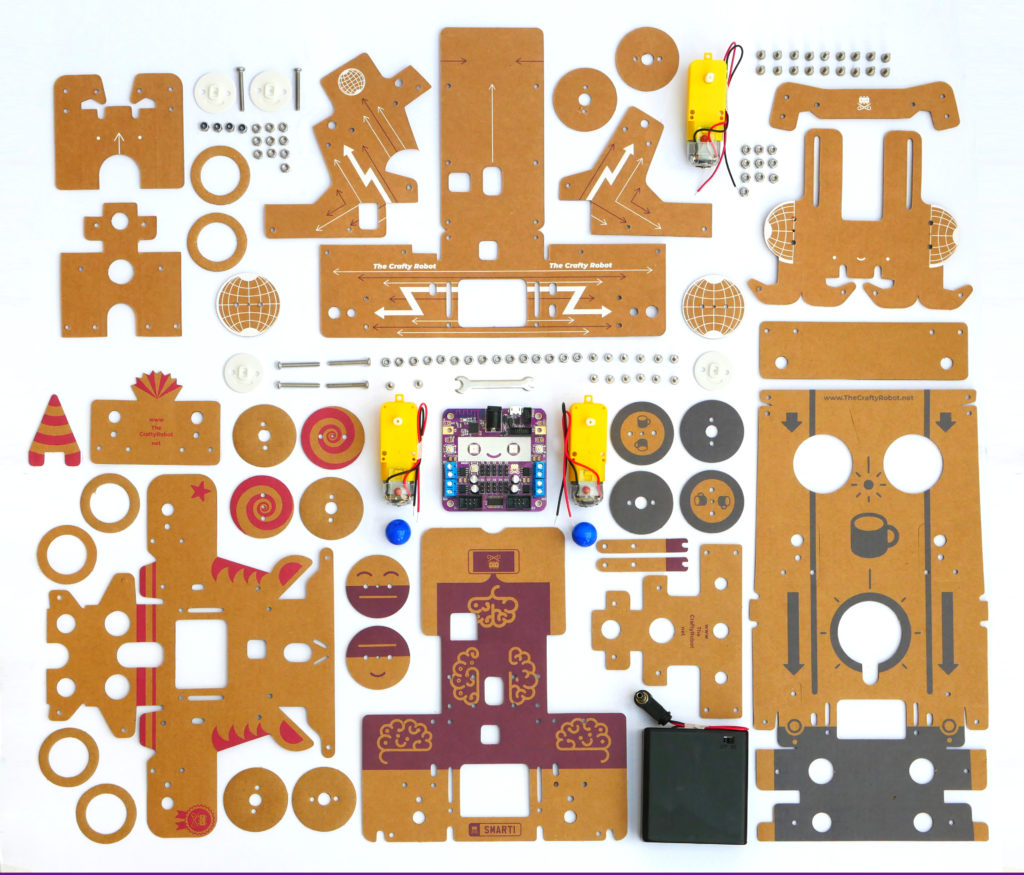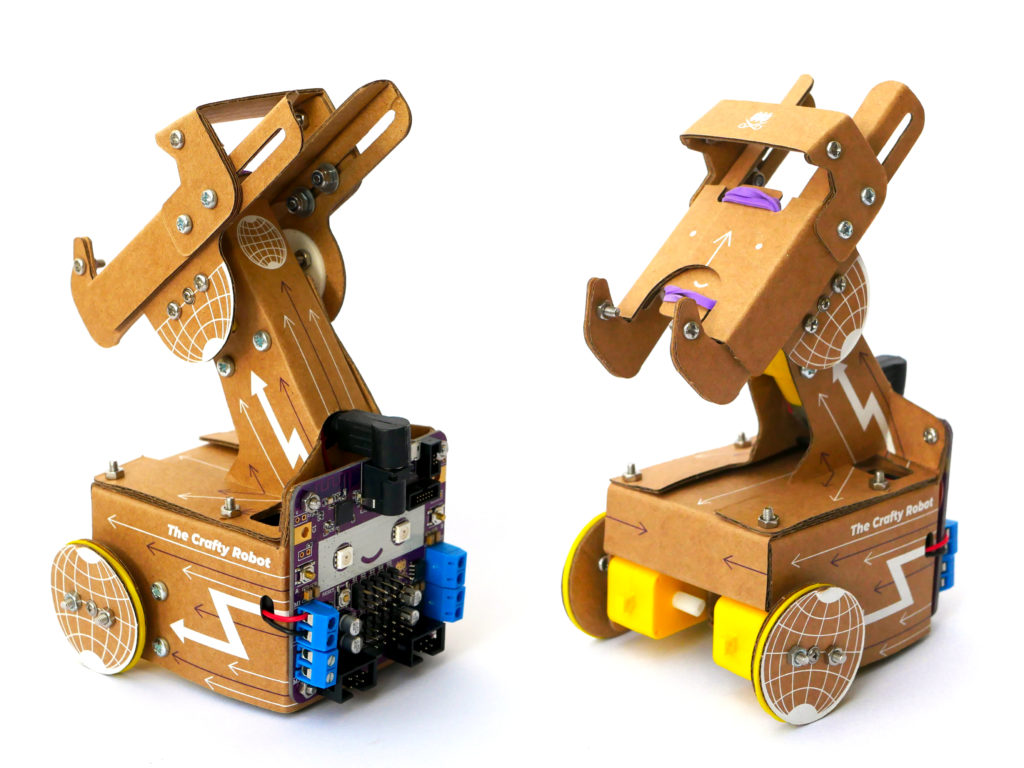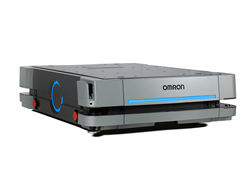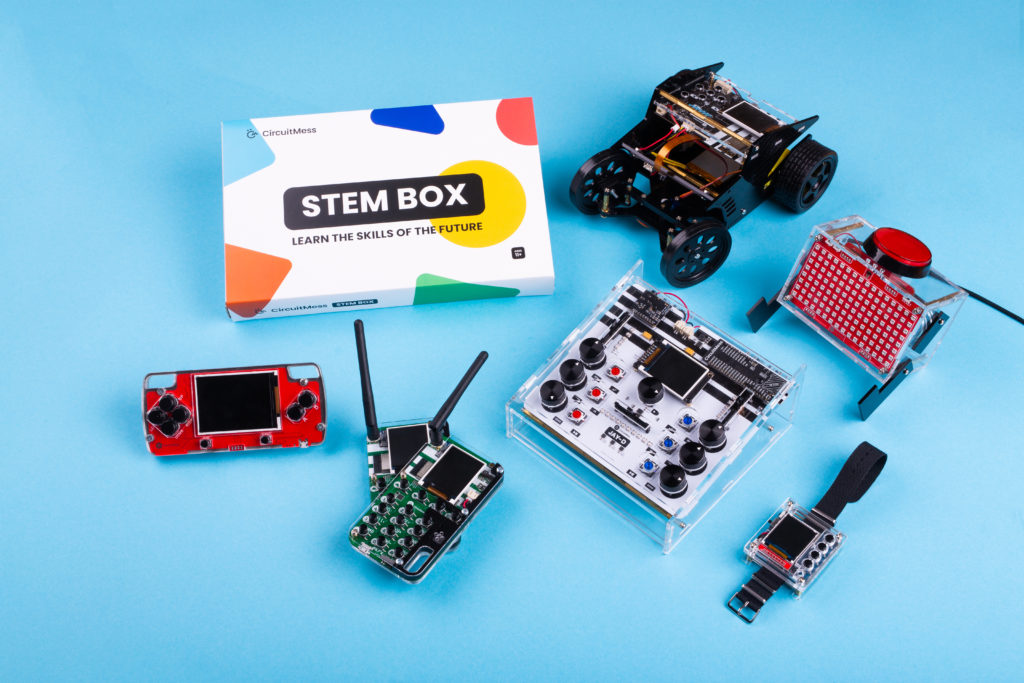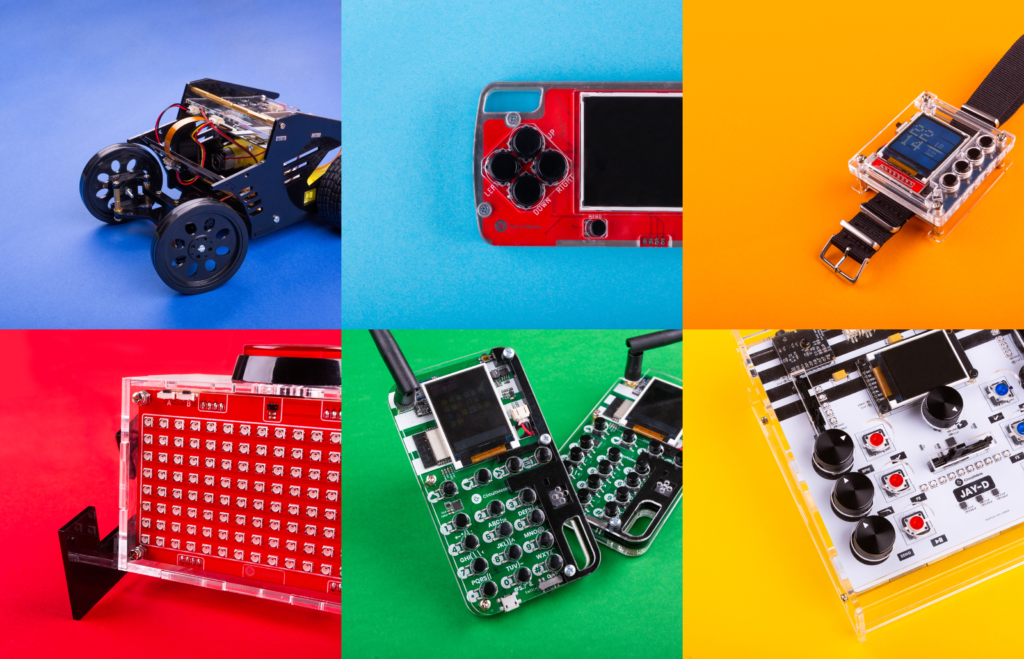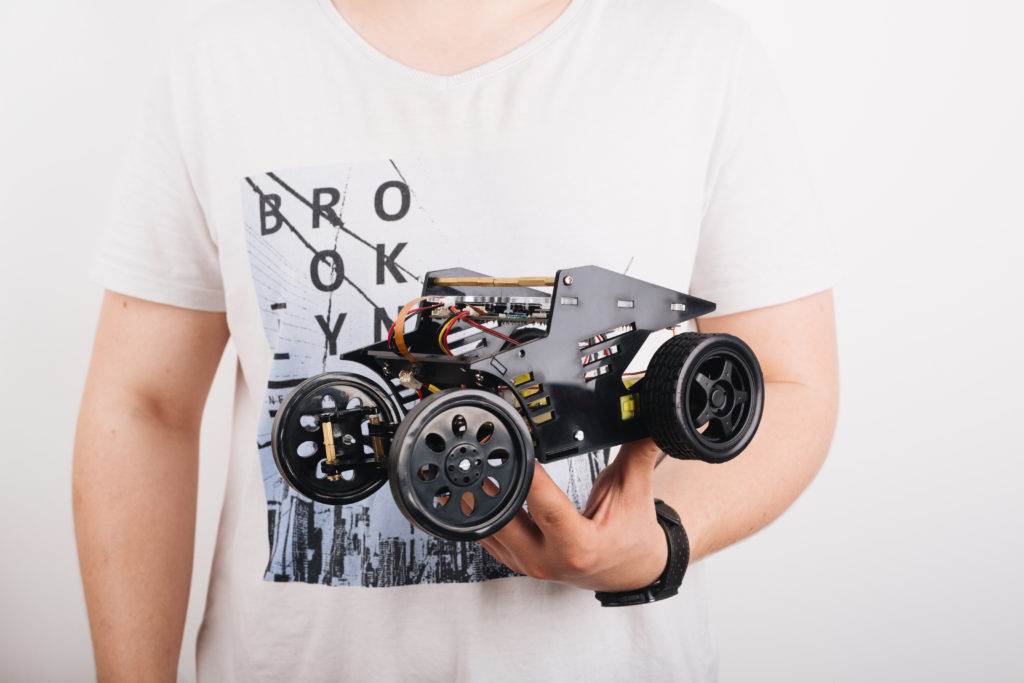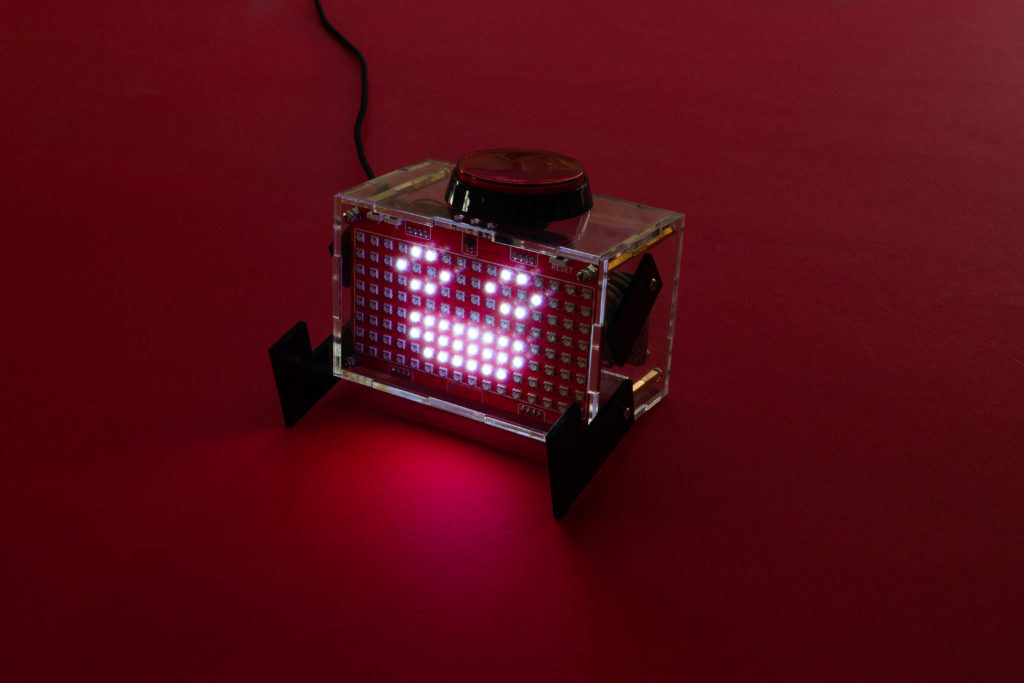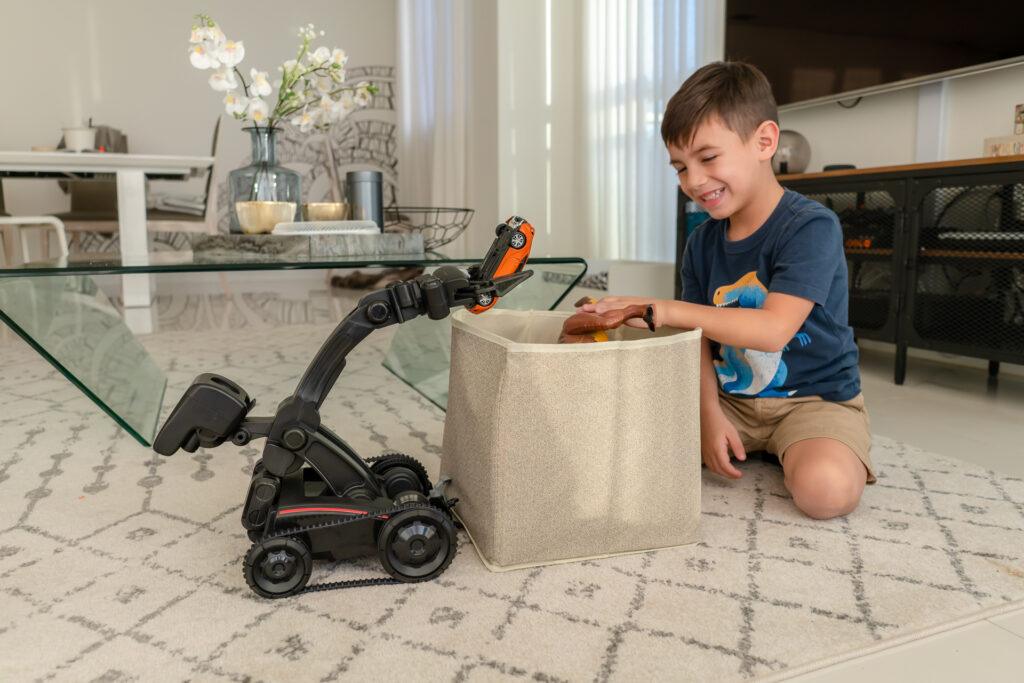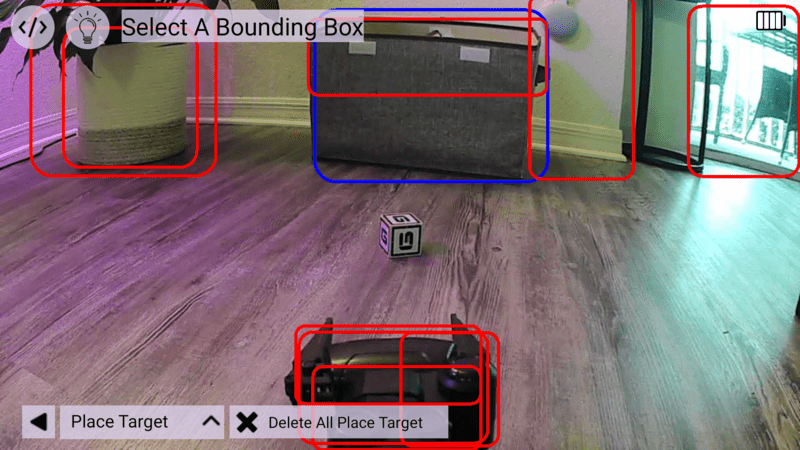State-of-the-art robot AI gives users greater control of where, when and how their robots clean
BEDFORD, Mass., Aug. 25, 2020 /PRNewswire/ — iRobot® Corp. (NASDAQ: IRBT), the leader in consumer robots, is unveiling new ways to clean with the launch of iRobot Genius™ Home Intelligence – a powerful new robot platform that unlocks an expansive range of digital features and experiences for the company’s line of Wi-Fi connected products, including the Roomba® robot vacuum and Braava jet® robot mop. iRobot Genius™ gives users an unmatched level of personalization and control over their cleaning robots, accounting for their unique homes, schedules, cleaning preferences and smart home integrations.
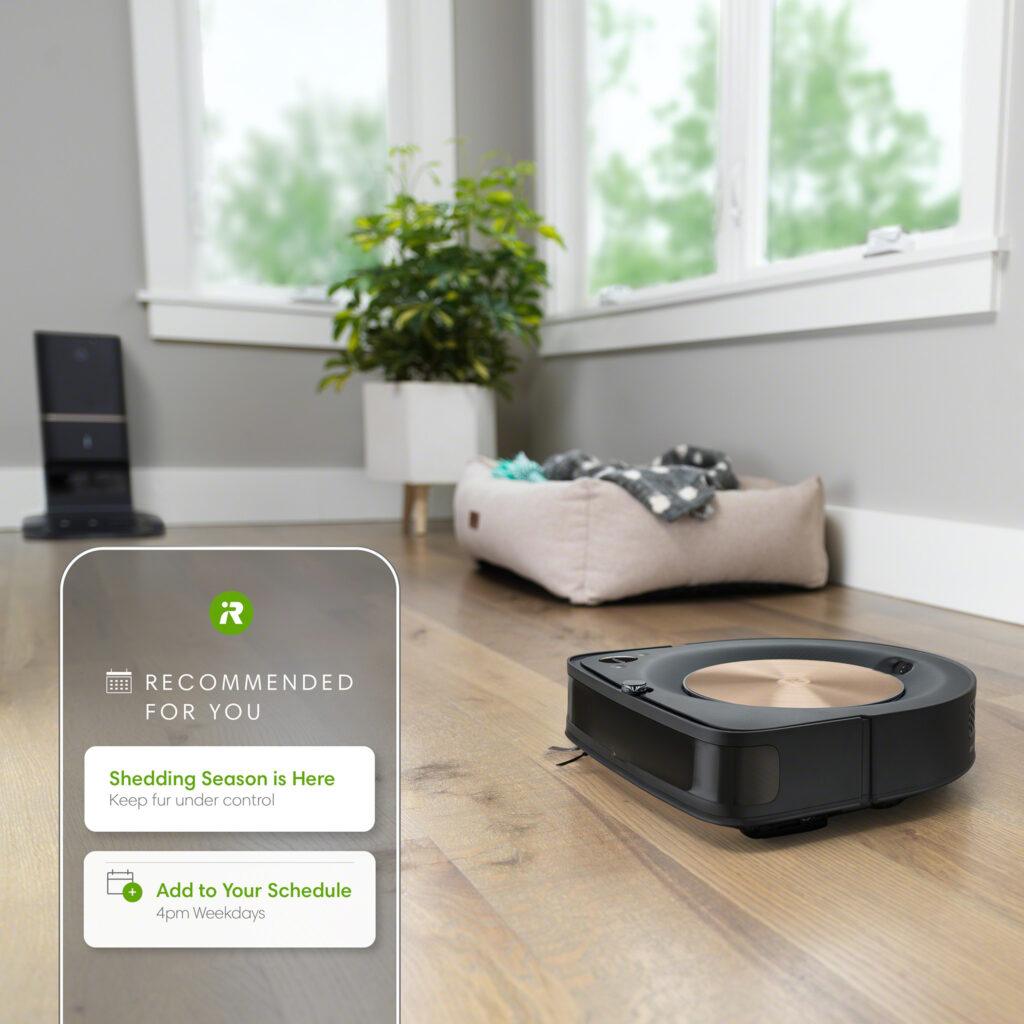
Experience the interactive Multichannel News Release here: https://www.multivu.com/players/English/8620651-irobot-genius-home-intelligence/
„With an increased strategic emphasis on software and digital experiences, iRobot continues to differentiate itself by developing smart technologies that free customers of daily cleaning while they live and work at home,“ said Colin Angle, chairman and CEO of iRobot.
The interface for iRobot Genius™ is a newly redesigned iRobot Home App that takes users far beyond standard app control to give them a personalized and easy to use home cleaning command and control center. The app, which works with all Wi-Fi connected iRobot products, supports cleaning based on the user’s habits and personal preferences, enabling a smarter and more efficient customer experience. It also provides greater insight into the robot’s cleaning performance.
„Robotic intelligence must break free from the limits of autonomy and become true cleaning partners,“ said Angle. „Our robot intelligence is personalized and responsive to the user’s habits and preferences, giving them greater control over when, where and how their robots clean. iRobot Genius™ unlocks the full potential of our connected products, giving them the ability to do more now and get even smarter over time through over-the-air updates.“
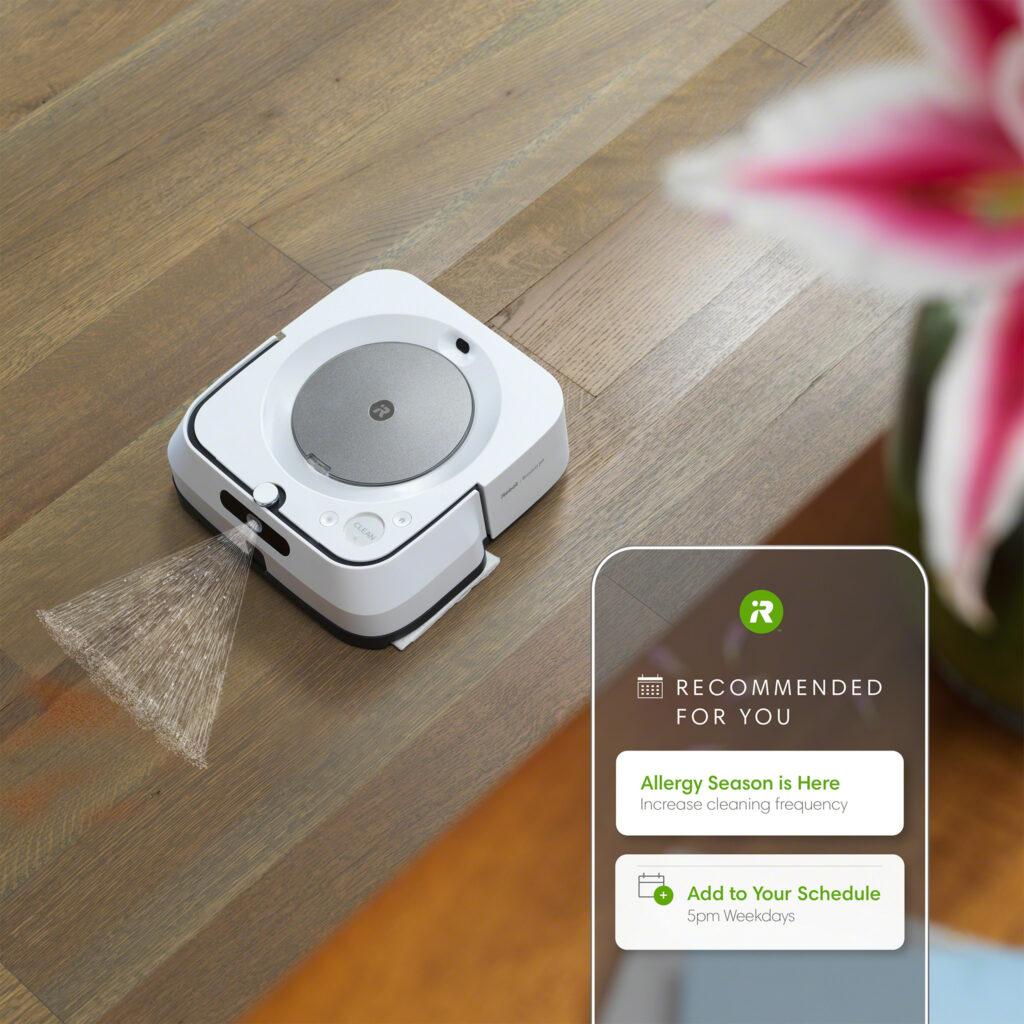
Cleaning where you need it
Send your robot to clean a mess right where it happens with precision Clean Zones. Using state-of-the-art robot AI, Roomba i7/i7+ and s9/s9+ robot vacuums and Braava jet m6 robot mops use machine learning to automatically detect and proactively suggest Clean Zones around specific objects, like couches, tables and kitchen counters. Users are also able to customize their Smart Map by designating their own precision Clean Zones. This allows for targeted cleaning in specific areas or around objects that attract the most common messes. Simply use the app or speak to a voice assistant device, „Roomba, clean around the couch,“ and Roomba knows right where to go.
Cleaning when you need it
With iRobot Genius™, Roomba robot vacuums and Braava jet robot mops get to know your preferred cleaning routines to offer new features, like:
- Event-based automations that let the robot know when the ideal time is to start or stop cleaning based on prompts that are defined by the user. Whether you’re heading off to work or going for a hike, the iRobot Home App can use location-based services like Life360, or take prompts from smart home devices, like the August Wi-Fi Smart Lock, to know when you’re away and begin cleaning. Likewise, the robot can stop cleaning when you return. These automations can be set up directly within the iRobot Home App, an exclusive capability for iRobot customers that is powered by iRobot Genius™ and IFTTT Connect. This means users can easily integrate iRobot Wi-Fi connected products with their other household connected devices and services, like smart thermostats and locks, without having to leave the iRobot Home App.
- Recommended cleaning schedules are based on users‘ more common cleaning patterns like cleaning on Monday mornings. Roomba i7/i7+ and s9/s9+ robot vacuums and Braava jet m6 robot mops can also provide room-specific recommendations like vacuuming the living room on Friday evenings, or in the dining room and kitchen after meals.
- Favorites enable users to quickly create and access their own pre-set cleaning routines. Create favorites like, „After Dinner“ that instructs the robot to clean the dining room and in front of the kitchen counter. Or „Bedtime“ to clean the playroom and living room floors. Or „Everywhere“ to clean the whole home.
Cleaning how you want it
Wi-Fi connected Roomba robot vacuums and Braava jet robot mops get smarter over time, getting to know your cleaning preferences so they understand how you want your home cleaned. New intelligence also means that iRobot products can go beyond basic scheduling to unlock powerful new location-based and smart home device integrations.
- New Recommended Keep Out Zones go beyond manual Keep Out Zone creation. Roomba i7/i7+ and s9/s9+ robot vacuums and Braava jet m6 robot mops can automatically learn to avoid trouble areas and recommend specific Keep Out Zones to users.
- Seasonal recommendations offer personalized suggestions to automatically schedule cleanings or suggest times when your home may need more frequent cleaning, like pet-shedding or allergy seasons.
Personalized cleaning experiences powered by iRobot Genius™ Home Intelligence and the new iRobot Home App will be available to customers worldwide via a software update beginning August 25. Photos, videos and information can be found at: http://media.irobot.com/.
Please join iRobot on Facebook, Instagram, Twitter and YouTube.
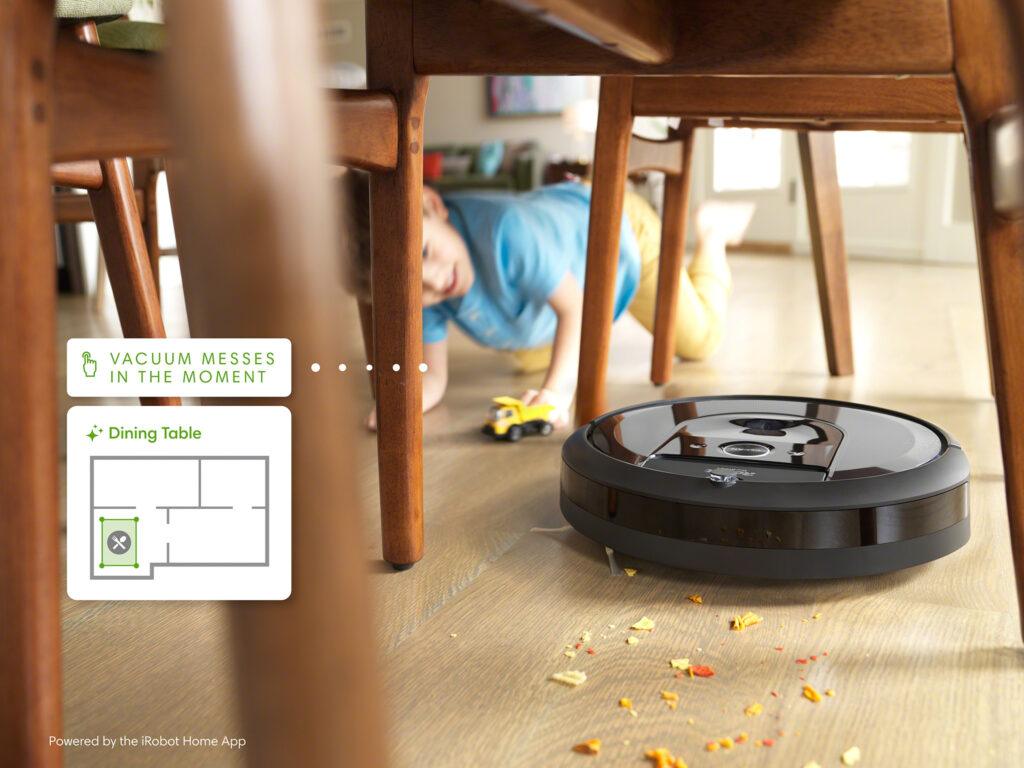
About iRobot Corp.
iRobot®, the leading global consumer robot company, designs and builds robots that empower people to do more both inside and outside of the home. iRobot created the home robot cleaning category with the introduction of its Roomba® Robot Vacuum in 2002. Today, iRobot is a global enterprise that has sold more than 30 million robots worldwide. iRobot’s product line, including the Roomba and the Braava® family of mopping robots, feature proprietary technologies and advanced concepts in cleaning, mapping and navigation. iRobot engineers are building an ecosystem of robots and technologies to enable the smart home. For more information about iRobot, please visit www.irobot.com.
For iRobot Investors
Certain statements made in this press release that are not based on historical information are forward-looking statements which are made pursuant to the safe harbor provisions of the Private Securities Litigation Reform Act of 1995. This press release contains express or implied forward-looking statements relating to iRobot Corporation’s expectations concerning management’s plans, objectives and strategies, including expectations regarding the timing of product and feature release and the specific capabilities of those features. These statements are neither promises nor guarantees, but are subject to a variety of risks and uncertainties, many of which are beyond our control, which could cause actual results to differ materially from those contemplated in these forward-looking statements. Existing and prospective investors are cautioned not to place undue reliance on these forward-looking statements, which speak only as of the date hereof. iRobot undertakes no obligation to update or revise the information contained in this press release, whether as a result of new information, future events or circumstances or otherwise. For additional disclosure regarding these and other risks faced by iRobot, see the disclosure contained in our public filings with the Securities and Exchange Commission including, without limitation, our most recent Annual Report on Form 10-K.


